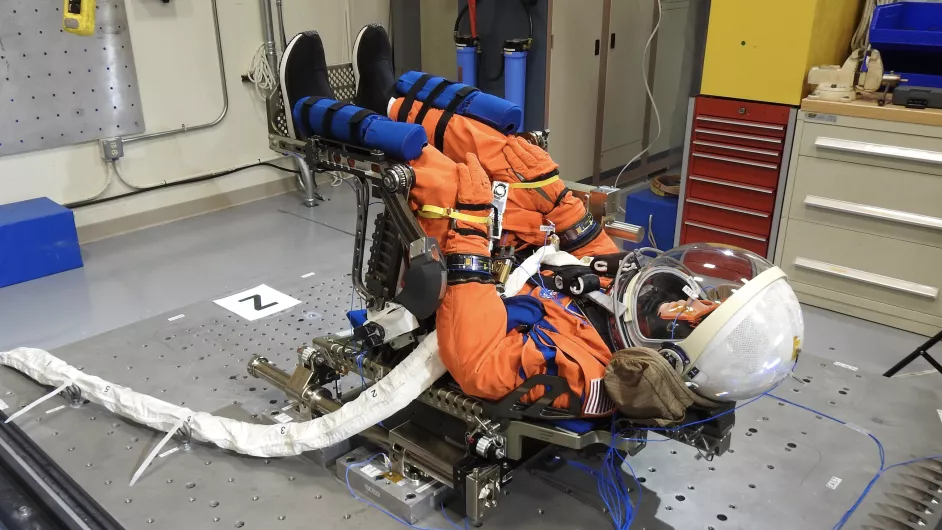NASA is currently preparing the Orion spacecraft for the scheduled launch on August 29, which will be launched into space with a giant rocket (SLS). The Artemis-1 mission will take off without a crew, so at the moment only a mannequin has been placed in the cockpit of Orion. NASA calls it “Monequin Campus” in memory of the Arturo sanctuary, wrote chief engineer of the legendary Apollo mission hvg.hu.
“Captain” Monaquin Campos wore NASA’s new orange spacesuit, which is now being tested, and is attached to the pilot’s seat. Data logging sensors are placed inside the dummy to measure acceleration, vibration and radiation levels in the passenger compartment.
Commander Monneken Campos has been installed in Tweet embed before launch # Artemis I. Named after Arturo Campos, the man who was instrumental in saving the crew of Apollo 13, it will measure vibrations and acceleration in that future Tweet embed Astronauts will test. pic.twitter.com/jBJNYps1hl
NASA Earth Exploration Systems (NASAGroundSys) 27 July 2022
According to a NASA brief, Artemis-1 will be the first integrated test of the US space agency’s deep space exploration program: the Orion spacecraft, the Space Launch System (SLS), and the ground systems of the Kennedy Space Center in Cape Canaveral, Florida will work together. The Artemis-1 unmanned flight test could provide the basis for the next stage of deep space exploration with human participation.
The goal is to extend human presence to the moon and beyond.
During the flight, the spacecraft takes off on the world’s most powerful rocket and flies farther than any man-made spacecraft. It will travel 280,000 miles from Earth, and reach thousands of miles behind the Moon during a four- to six-week mission (Mission map here).
Orion will stay in space longer without docking at a space station than any spacecraft has ever built, and it will return home faster and hotter than any of its predecessors.
A moon landing is planned for the next leg of the series of flights, the Artemis-2 mission: In 2024, four astronauts will travel to our celestial companion on Orion.
Opening image: NASA












































